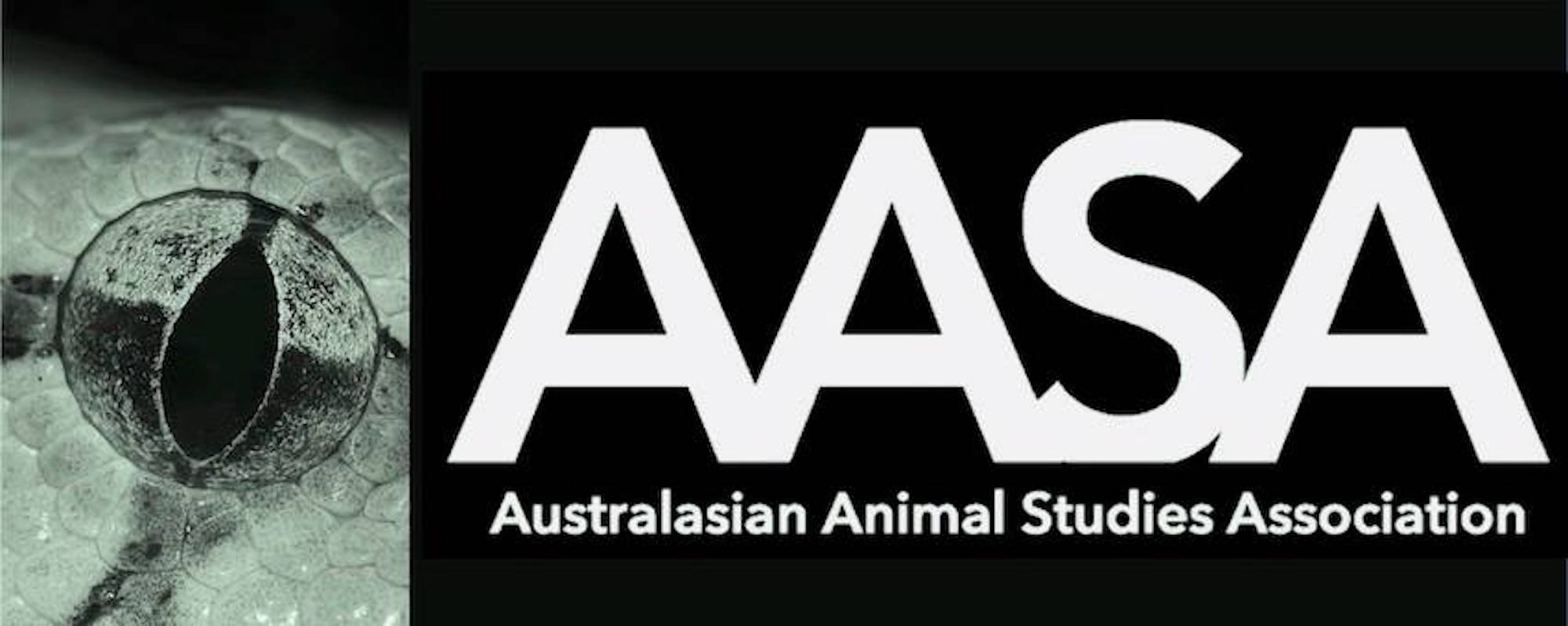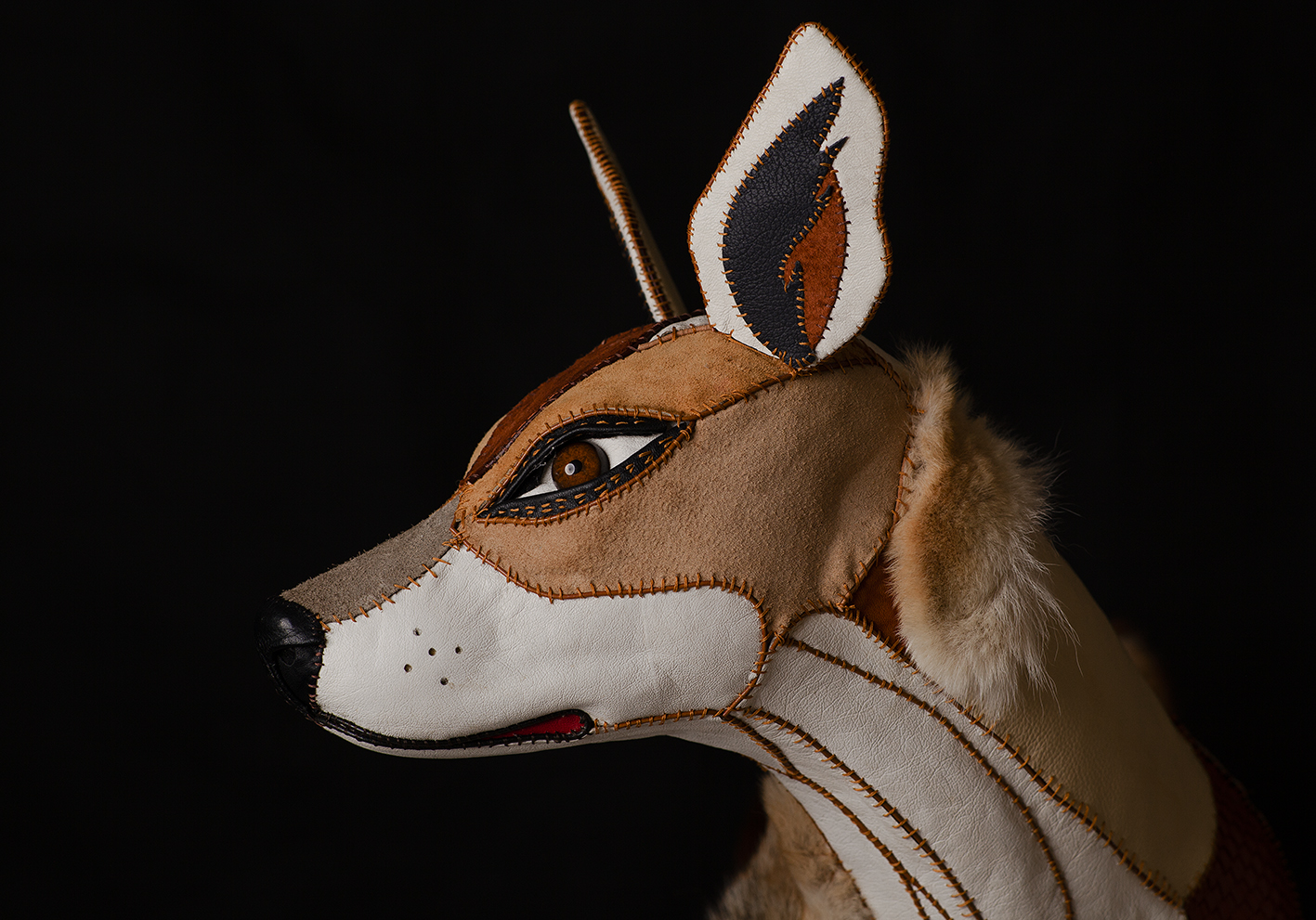CFP: Tracking the Human-Wildlife-Conservation Nexus Across the HAS Landscape
(Special issue of Society and Animals planned for 2017)
Since the inaugural issue of Society and Animals in 1993, disparate academic examinations about animals in the social sciences and the humanities have coalesced into a more coherent interdisciplinary field known today as “human-animal studies” – or more simply, HAS. Broadly, HAS offers a much needed and theoretically informed space for examination of human relationships with all manner of nonhuman animals. As a leading HAS journal, S&A has paid particular attention to a range of core concerns that include, for example: domestication; the use of animals in research, entertainment, and service; issues of animal captivity; advocacy, ethics, and policy; cross-cultural relationships with animals; and related modes of ideological representation and material practice. Indeed, the literature in HAS is now so vast as to have its own subfields – also reflected in the pages of S&A via special topical issues or which highlight contributions to HAS in specific contexts (e.g., geography, anthropology, criminal justice, and feminism, among others).
On behalf of S&A, we ask: What does it mean to study humans’ relations with wildlife/wildlife conservation for HAS scholars across different disciplinary communities? What can HAS scholars from Global North and South learn from each other in this context with regard to both theory and method?
As special issue co-editors, we seek to create a cross-disciplinary set of theoretically informed, geographically diverse case studies about HAS, wildlife, and conservation. Animals categorized as “wildlife” have long been a clear part of HAS, yet to date an exploration of the sub-topic of “humans and wildlife conservation” is still conspicuously absent from the list of special issues of S&A. While wildlife has been addressed broadly in the pages of S&A, examination of how conservation (as a distinctly human practice and set of processes) continually shapes relationships between humans and wildlife remains a topic that the journal has not yet focused an issue around. This absence is in contrast to two ongoing processes. Firstly, building on existing studies of wildlife conservation in the context of protected areas, recent analyses have yielded provocative insights about the interconnected futures of humans and wildlife and offered fresh questions. Lorimer (2015) interrogates, for example, the possibilities of separating notions of wildlife from wilderness; Braverman (2015) questions whether all forms of ‘wild’ nature will need to be managed in perpetuity. Secondly, this work is appearing at the same time that the relationships between humans, wildlife, and conservation are becoming more visible – and globally contested – as with the recently publicized cases of Cecil the Lion’s death by an American hunter in Zimbabwe, the killing of the captive silverback gorilla Harambe in the United States, the culling of “surplus” zoo lion cubs and giraffes and public autopsy performances in Denmark, and the relocation (or incarceration, depending on who is speaking) of the wild tiger Ustad/T-24 following his fatal attack of a wildlife reserve staff member in India, just to name a few. As the world struggles to understand such events, it is clear that HAS scholars have a tremendous role to play in deepening theoretical understandings of humans’ relationships with wildlife, as a specific category of animals. HAS scholars are uniquely situated to engage in public policy and scholarly debates at a variety of scales about animal agency, the tensions between individual animals and whole species, conservation practices, and pathways to resolution of anticipated new relational arrangements and potential conflicts.
Against this backdrop, our goals with this special issue are to: (1) bring wildlife conservation into the journal more prominently; (2) promote a more intentional interdisciplinary dialogue about wildlife conservation that brings HAS into conversation with allied fields such as biogeography, conservation sciences, and political ecology; and 3) enrich the depth of participating authors’ and readers’ voices in this subfield. To this end, we invite specific case studies that will collectively illustrate the variety of ways that people (individuals as well as institutional actors) operationalize their ideological and discursive conceptualizations of wildlife conservation through material practices related to advocacy and protection, conflict, policy formation, and culture more broadly. By taking this approach, we hope that this collection will effectively showcase a wide range of theoretical frameworks on this shared set of issues.
We invite interested colleagues to submit an abstract and outline for proposed contributions that will address the following:
a. define “wildlife” and “wildlife conservation: in their disciplnary context, review how the term has been conceptualized/theorized in their field, and sketch the evolution of wildlife/wildlife conservation as a category of study in their discipline
b. illustrate the “cutting edge” of human-wildlife/wildlife conservation studies within their discipline via an illustrative, place-based case study. Please note: this case study shoulde be theoretically informed by the review suggested above, but constitute the focus of the paper.
Possible contributions may address, but need not be limited to, related areas such as:
techniques/methodologies (e.g., tracking, surveillance, mapping, qualitative approaches such as critical/responsible anthropomorphism, behavioral science/ethology-based approaches)
politics/practices in places (e.g., parks, refuges, rescues, tourism, sites of captivity)
theories and discourses (e.g., compassionate conservation, critical animal studies, post-colonialism, post-humanism, neoliberalism and market-based perspectives)
cultural perspectives (e.g., critical theory, identities, symbolism, media studies)
conflicts related to interaction (e.g., management debates, ferality and wildlife, activism, law/policy, zoonoses)
(Again, these are suggestions not boundaries. We are open to and welcome additional ideas.)
Proposals should be approximately 750-words in length (not including references) and submitted via email by Friday January 6, 2017. Authors of selected proposals will be contacted by January 16, 2017 with details and instructions related to invited submission of full manuscripts ready for peer review (6,000 words, including references) by May 31, 2017. Please submit documents to Monica Ogra (mogra@gettysburg.edu) and Julie Urbanik (julie.urbanik@gmail.com) with subject line “S&A Special Issue on Wildlife Conservation.”
_________________________
References
Braverman, I. (2015). Wild Life: The Institution of Nature. Stanford: Stanford University Press.
Lorimer, J. (2015). Wildlife in the Anthropocene: Conservation after Nature. Minneapolis: University of Minnesota Press.


